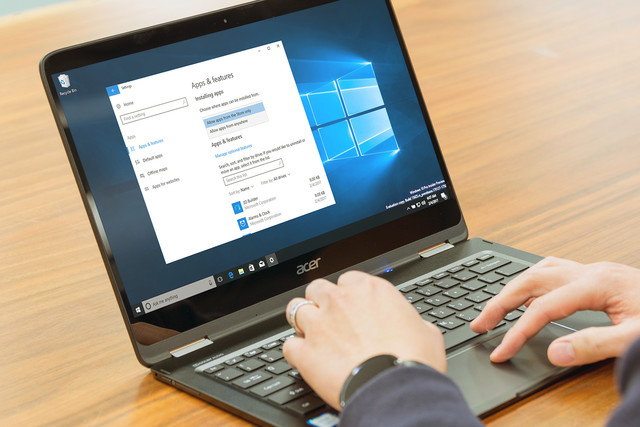Microsoft’s Windows 10 is a robust operating system that can do just about anything. Usually that’s a strength, but while Windows 10 competes well against Google’s Chrome OS platform on features and overall power, it’s at a disadvantage in terms of cost and manageability.
That’s why Microsoft is releasing the Windows 10 Cloud edition, which essentially enables locking down the OS to allow apps to be installed only from the Windows 10 Store. At least, that’s how it works in theory and with the current preview build, but there’s a way to bypass that limitation for the technically astute, as Windows Central reports.
By limiting Windows 10 Cloud to only Windows Store apps, Microsoft could accomplish a few things. First, it would make non-cloud editions of Windows 10 more valuable by allowing any Windows desktop app to be installed. Second, it would make the OS more secure, by limiting apps to only those that meet the Windows Store criteria. Microsoft’s Project Centennial lets developers publish their desktop applications in the Windows Store, meaning that Windows 10 Cloud isn’t limited to just Windows Universal Apps.
It appears that, at least at the moment, Windows 10 Cloud’s limit on installing desktop apps outside of the Windows Store isn’t set in stone. As Twitter user Longhorn has discovered, you can launch a desktop application from the PowerShell utility and bypass the Windows Store limitation.
Longhorn hasn’t outlined his methodology for bypassing the Windows 10 Cloud lockdown, and it’s entirely possible that Microsoft will remove the hack and keep things secured. At the same time, some evidence exists that Microsoft might allow the installation of non-Windows Store apps if a system setting is changed. […]
